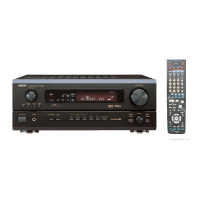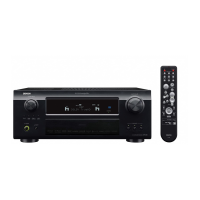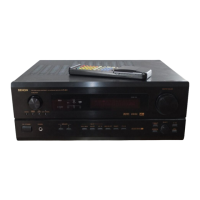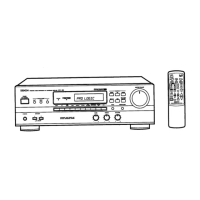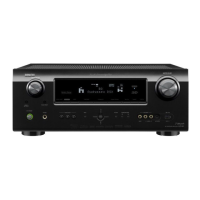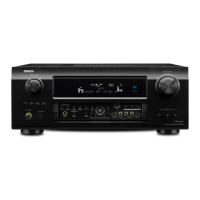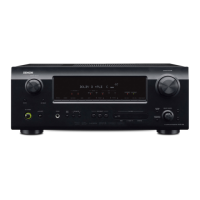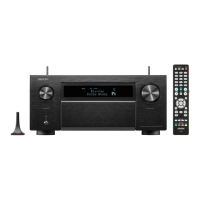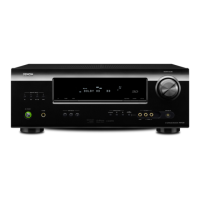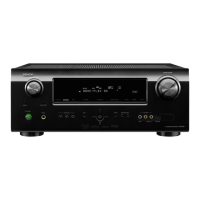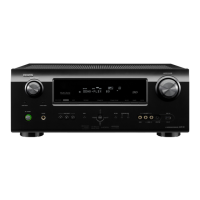What to do if Denon AVR-983 display is lit but no sound is produced?
- CCynthia FlynnAug 14, 2025
If the display is lit but no sound comes from your Denon Stereo Receiver, consider these potential causes: * Speaker cords might not be securely connected; ensure they are. * The audio function button may be improperly positioned; adjust it to a suitable setting. * The volume control could be set to minimum; increase it to an audible level. * MUTING might be activated; switch it off. * If using digital signals, they may not be input correctly, or the wrong input jacks are selected; input digital signals or select the correct input jacks.
